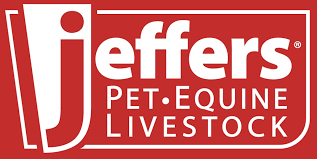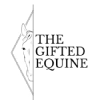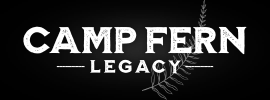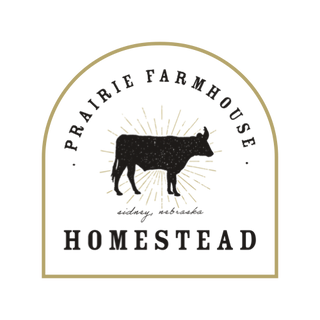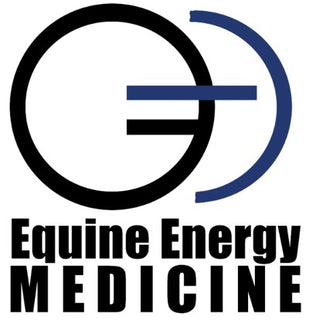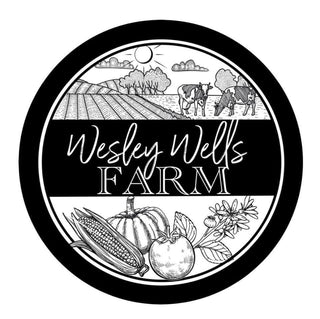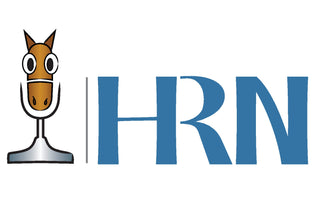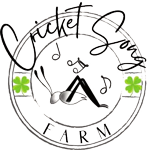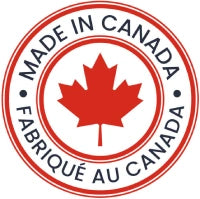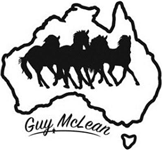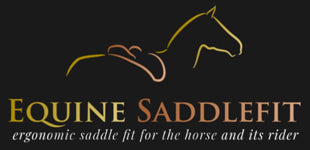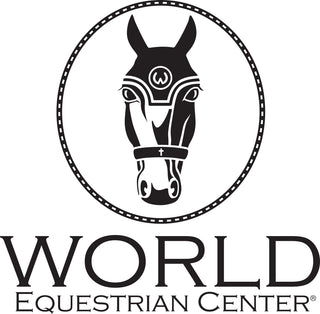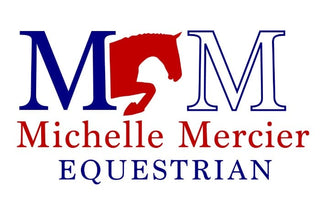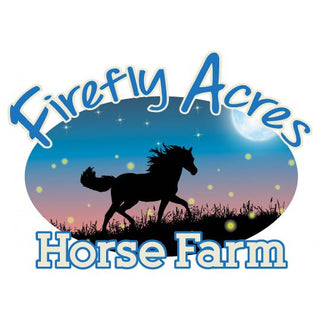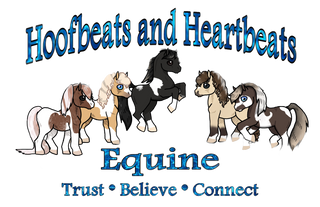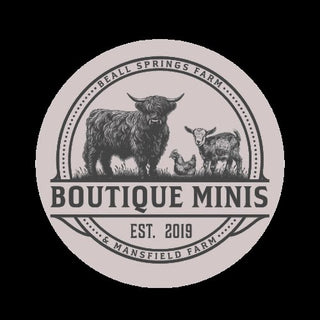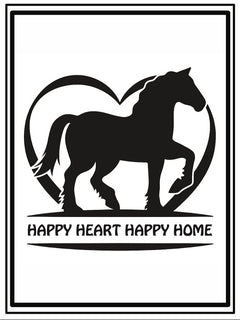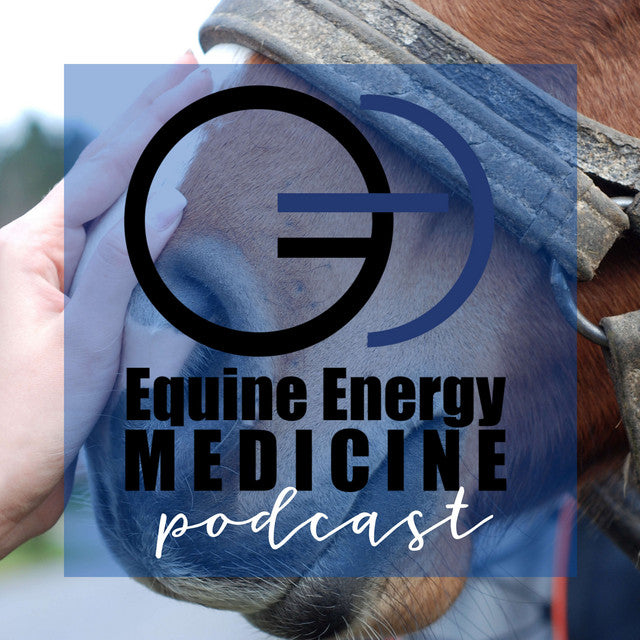
It's time for the vibrant hues of summer to give way to cooler, crisper fall days, and if you own a horse or two, your backyard scenery isn't the only thing headed for change. As humans, we adapt quickly to seasonal changes, but horses can, in some instances, struggle.
Having a firm grasp on a solid fall diet for your horse can make things easier, helping you maintain the health and well-being of your herd. In this article, we'll explore the nutritional requirements of the equine diet as the weather and forage availability and quality change, giving you the information necessary to transition safely from summer to fall.
Let's go!
Body Condition Assessments
Let's begin by saying you should always involve your veterinarian in significant equine diet changes, but having your own knowledge base is essential. A full assessment of the body condition of your equine companions is the best place to start.
Here, you'll evaluate their weight, muscle tone, and overall health. It's a baseline but serves as a fantastic reference point for progress monitoring. Let's take a closer look.

Step 1: Preparation
- Choose a well-lit and flat area to conduct the assessment. Natural light is preferable.
- Have a clean, dry horse without any tack or blankets.
- Have a body condition scoring system handy for reference.
Step 2: Observe Overall Appearance
- Stand a short distance away from your horse and observe its overall appearance.
- Look for any obvious signs of weight loss or weight gain.
- Take note of their posture, stance, and movement.
Step 3: Evaluate Neck and Withers
- Run your hands along the horse's neck and withers (the area behind the mane).
- Feel for fat cover and muscle tone.
- Pay attention to any prominence of the vertebrae.
Step 4: Examine Ribcage and Back
- Check along the rib cage, feeling for the ribs.
- Ribs should be easily felt but not visibly prominent.
- Assess the back for a visible "ridge" or "dip."
Step 5: Assess Hindquarters
- Observe the horse's hindquarters from the side and rear.
- Look for muscle tone and overall shape.
- Check for any fat deposits or lack thereof around the tailhead area.
Step 6: Inspect Tailhead and Pelvic Area
- Look at the tailhead area for fat cover.
- It should feel padded but not overly fleshy.
- Assess the pelvic area for muscle definition and fat deposition.
Step 7: Examine Barrel and Flank
- Run your hands along the horse's barrel (midsection).
- Assess fat cover and muscle tone in this area.
- Look for any bulging or excessive fat deposits along the flank.
Step 8: Evaluate Overall Balance
- Step back and observe the horse's overall balance and proportions.
- A well-balanced horse should have a harmonious blend of muscle and fat cover throughout their body.
Step 9: Compare to Body Condition Scoring System
- Use the Henneke Body Condition Scoring System to assign a score to your horse based on your observations.
- Compare your horse's appearance to each score's visual and tactile descriptions.
Step 10: Document and Monitor
- Keep a record of your horse's body condition score.
- Take clear photos from different angles to document their condition.
- Regularly reassess your horse's body condition, especially during seasonal changes or after making dietary adjustments.
Remember that body conditions can vary between different breeds and individual horses. Using your best judgment, consult a veterinarian or equine professional if you need clarification on your assessment or notice significant changes.
Forge Intake Adjustments
Summer pastures often provide ample fresh forage, but as grass growth slows down in the fall, your horse's primary source of nutrition might need adjustment. To ensure digestive health and an easy fall diet transition for your horse, consider implementing the following:
Gradual Transition
Introduce new forage gradually, allowing your horse's gut bacteria to adjust. Slowly decrease the amount of lush summer grass and introduce alternative forages like hay.
Because summer grass reduction will happen naturally, you'll want to begin providing hay during turnout. Start with 1-2 flakes and increase according to the size and weight of your horse.

Quality Hay
As the availability of fresh pasture diminishes, good quality hay becomes a staple in the fall diet. Choose a forage that matches your horse's nutritional needs and supports its activity level.
Here are a few hallmark signs of high-quality hay.
Color: High-quality hay should have a fresh and vibrant color. Green hay indicates that it was harvested when the grass was at its peak nutritional value. Avoid overly yellow, brown, or bleached hay, as these colors may indicate age or poor storage conditions.
Smell: Hay should have a pleasant, sweet, fresh aroma. It should not have a musty, moldy, or overly fermented smell, which could indicate improper curing or storage.
Texture and Leafiness: Quality hay will have a fine texture with a good mix of leaves and stems. A significant amount of leaf material indicates that the hay was cut at an appropriate growth stage with higher nutrient content.
Minimal Dust and Mold: Inspect the hay for dust and mold. Quality hay should be relatively dust-free, as excessive dust can cause respiratory issues in horses. Moldy hay should be avoided, as mold can be toxic and harmful to horses.
Giving your hay a good soak can minimize the risk of both, but ensure you feed it right away and remove leftovers from the eating area.
Few Weeds and Foreign Objects: Well-maintained hay should have minimal weeds and foreign objects. Weeds reduce the nutritional value and can be unpalatable to horses.
Bale Consistency: Look for uniform bales with consistent density. Irregular bales may indicate inconsistent drying, affecting the hay's nutritional quality and longevity.
Storage Conditions: Check the storage conditions of the hay. Your hay provider should store it in a dry, well-ventilated area away from direct sunlight and moisture to prevent mold growth and nutrient loss.
Nutritional Analysis: Consider having the hay analyzed for nutritional content, primarily if you feed it to horses with specific dietary needs. Nutritional analysis can provide insight into the hay's protein, fiber, and energy content.
Palatability: While not always easy to determine visually, palatability is essential. Horses are more likely to consume and thrive on hay that is tasty to them. If your horse consistently leaves behind certain types, it might indicate lower palatability.
Addressing Nutritional Needs
Fall ushers in cooler temperatures, influencing your horse's energy requirements. Ensure their nutritional needs are met by considering the following:
Energy Sources
Consider adjusting their grain intake if your horse's activity level decreases as the weather cools. Decrease grain portions in the equine diet for horses with lighter workloads to prevent unnecessary weight gain. We all know how easily weight can sneak up when it gets cold!
Vitamins and Minerals
Fall forages may lack specific vitamins and minerals. A balanced commercial feed or supplement can help bridge nutritional gaps. Contacting a skilled equine nutritionist can help significantly here!
Staying Hydrated
While cooler temperatures might reduce the risk of dehydration, monitoring your horse's water intake is still crucial. Ensure they can access clean, fresh water to support digestion, coat quality, and overall health.
Many horses drink less in the winter. To encourage your horse to drink, consider adding electrolytes to their diet and hanging a salt lick or block in their stall. TractGard by SmartPak is a fantastic supplement that aids with digestion and rehydrates. Win, win!

A Closely Monitored Transition Period
As you implement these diet changes, watch your horse's condition and behavior closely. Look for signs of digestive upset, weight fluctuations, coat changes, or lethargy. Any drastic changes warrant a consultation with a veterinarian.
There’s no denying that your horse's dietary needs change as the seasons shift. Transitioning their diet gradually and thoughtfully is key to maintaining health.
We recommend speaking with equine professionals when needed to provide the necessary guidance. After all, informed decisions are the easiest ones to make. Now, tack up, hit the trails, and enjoy these last few weeks of summer!








